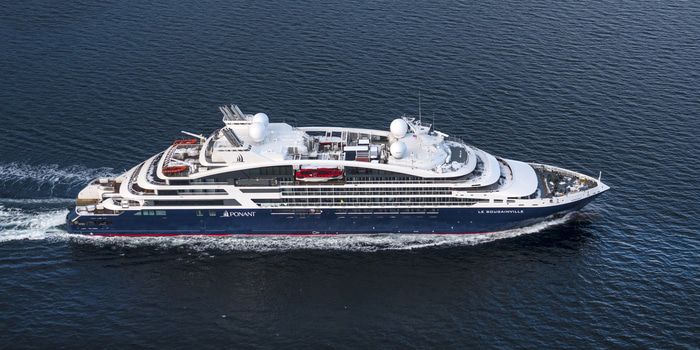Authentic Shores of Sicily
Please note: this PONANT’s Loyalty Cruise is aimed at French-speaking guests. Lectures, shore excursions, pre and post programmes and public announcements will be in French only.
With the exceptional presence of a member of the general management of PONANT.
Majestic volcanoes, fertile valleys, emblematic ancient sites, enchanting islands… Set off to discover the treasures of the eastern coast of Sicily and the Maltese shores. During these 9 days of travel, Le Bougainville will take you to discover mythical sites at the crossroads of eastern and western civilisations.
You will begin your cruise in Valletta. This capital, a UNESCO World Heritage Site, is home to many historical sites: St John's Cathedral, the Grandmaster's Palace and the churches of Our Lady of Victory, Saint Catherine and il Gesù.
Setting sail from Malta, your next stop is Porto Empedocle, gateway to the fabled Greek temples of Agrigento, among the most captivating ruins in the entire Mediterranean.
You will take the sea to discover Taormina, overlooking Etna’s blanket of snow. Its streets will lead you to its famed ancient Greek theatre, where the quality of the acoustics is exceptional.
Le Bougainville will set sail north-east, to the tip of the Italian boot, for Reggio di Calabria. Fall under the spell of the fragrance of bergamot, the citrus fruit that dominates the region, in this charming city with its Art Nouveau and Belle Époque influences, as well as the outstanding panoramas provided by the lungomare, the sea front promenade, of the Sicilian coastline and Etna. A cultural jewel of Sicily, Palermo is a splendid witness to three thousand years of history where you will be able to visit emblematic landmarks such as the 12th-century cathedral and Teatro Massimo, one of the largest theatres in Europe.
A little further north, you will discover the Aeolian islands. Lipari is the capital of the Aeolian volcanic archipelago and is renowned for its many natural and architectural gems.
Then, you will set sail for Syracuse, one of the most prestigious Sicilian cities, whose monuments are listed as a UNESCO World Heritage.
Then you will head for Malta and Gozo, an unspoiled island that is home to a megalithic site listed with UNESCO. On foot, kayak or bike, explore the island and its spectacular scenery, from the endless turquoise sea to the dreamlike decor of the salt marshes. Do not miss your chance to taste the local wines.
Your cruise will come to an end in Valletta, former stronghold of the Knights of the Order of Malta.
When searching for a luxury yacht expedition cruise, there’s one name above all else that you need to know – Ponant Cruises. Founded in 1988 by former French Merchant Navy officers, Ponant combines succulent luxury with authentic adventures on all seven continents.
From classic Mediterranean itineraries and Caribbean sailings, to bucket-list expeditions around Greenland and Antarctica, Ponant cruises proudly counteract the banality of mainstream voyages with a unique take on the concept of small-ship cruising. It’s the absolute trip of a lifetime.

Featuring innovative and environmentally-friendly equipment, elegantly designed cabins, spacious suites with large windows, and lounge areas that open onto the outside, this new limited-capacity yacht boasting just 92 cabins and suites will offer you a truly unique cruising experience.



